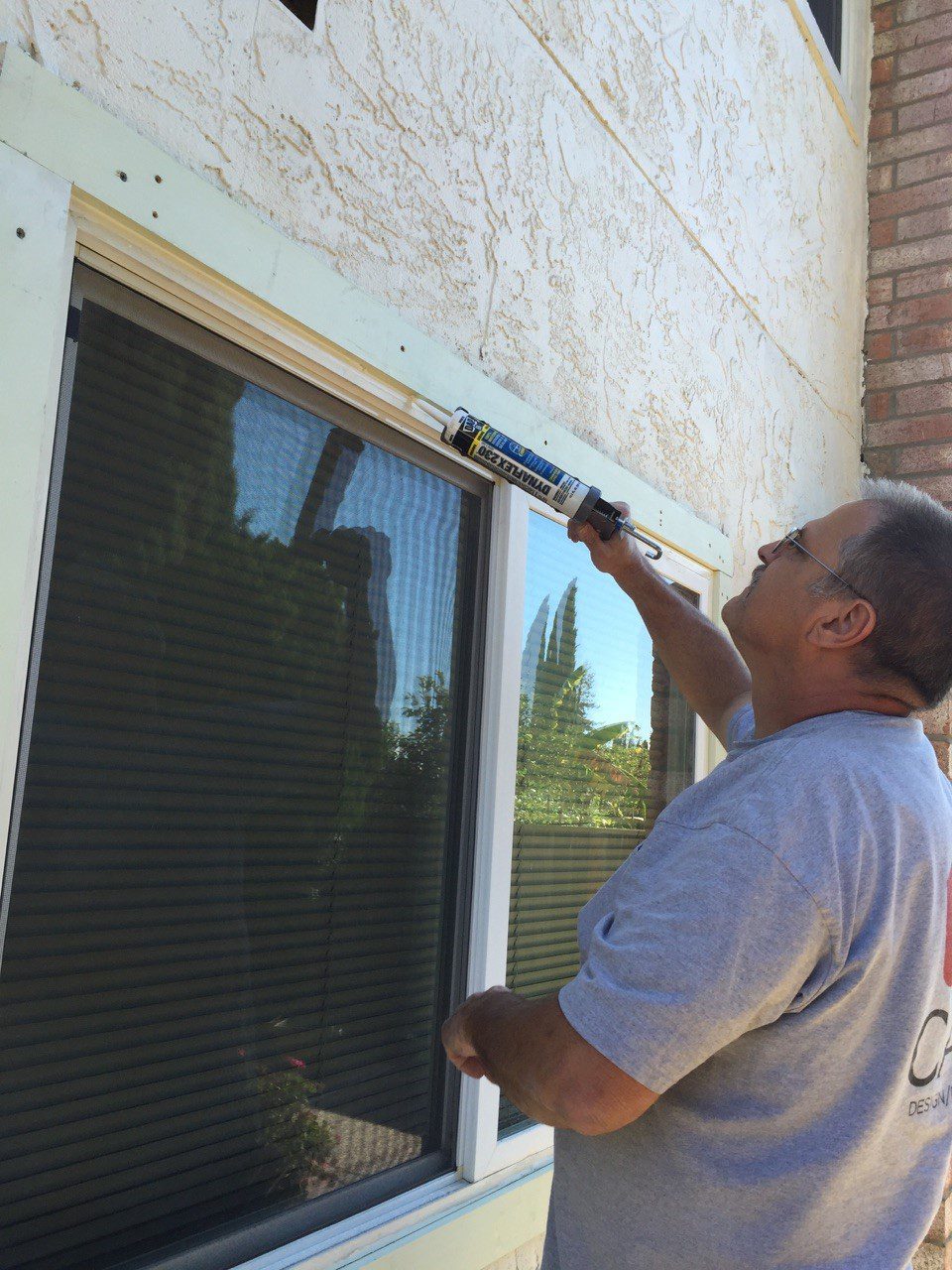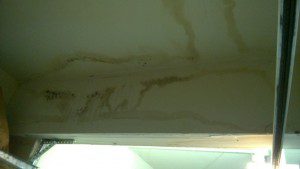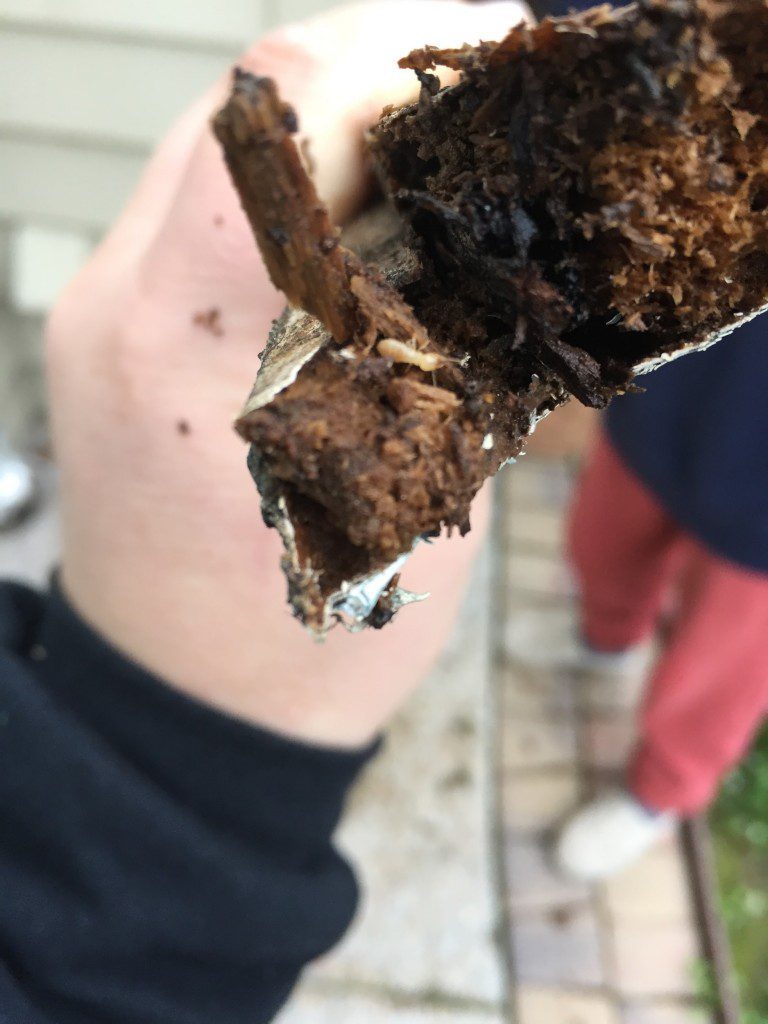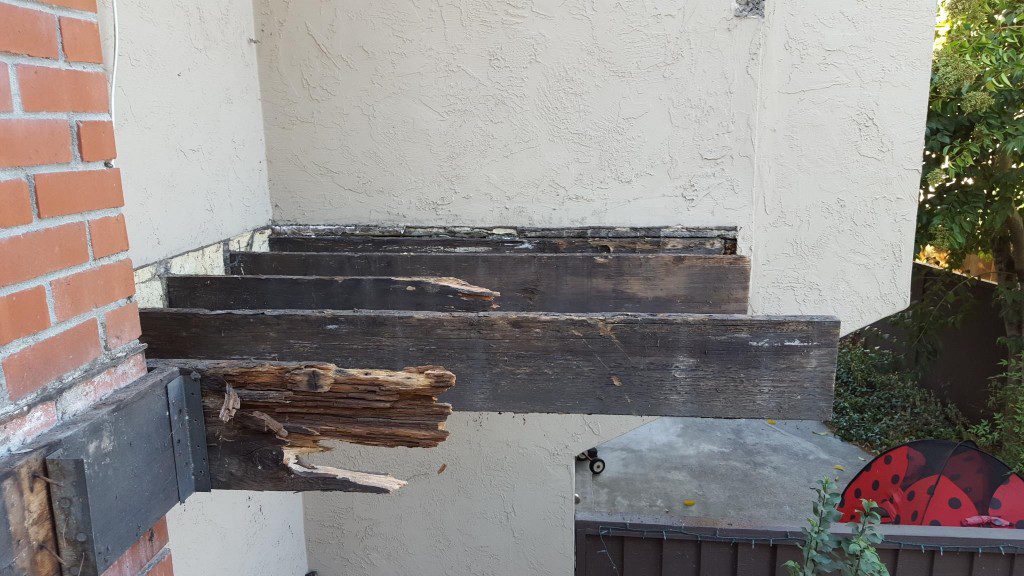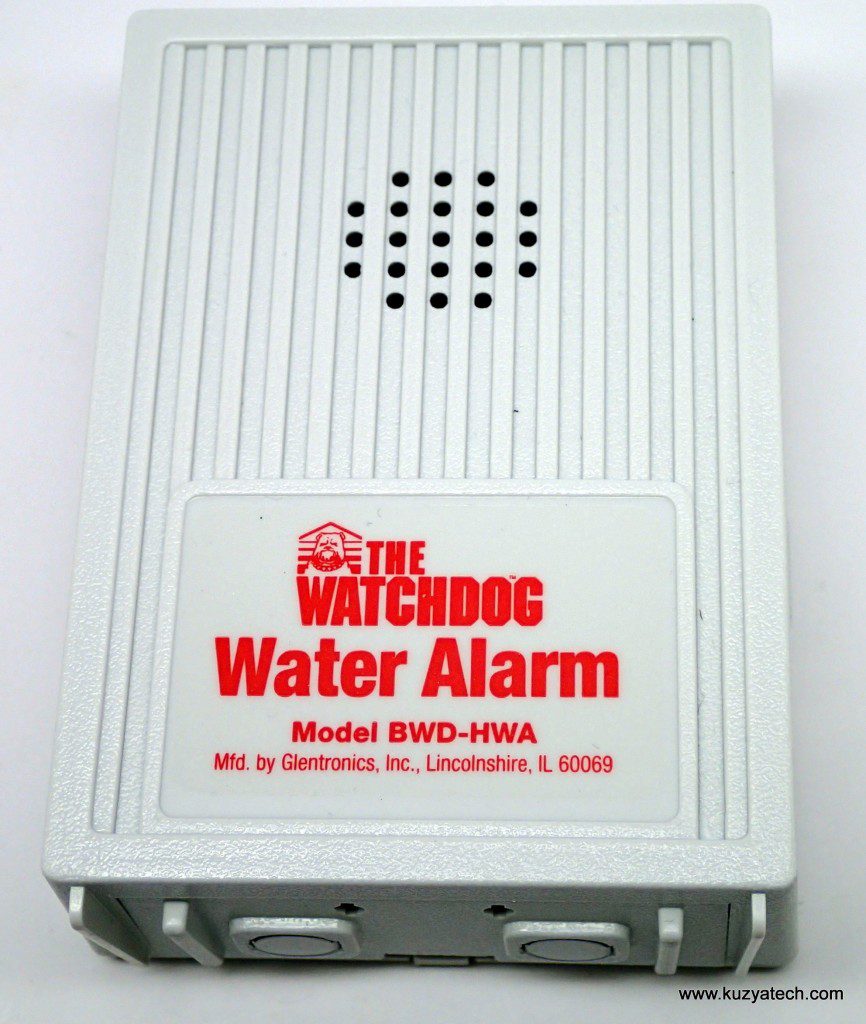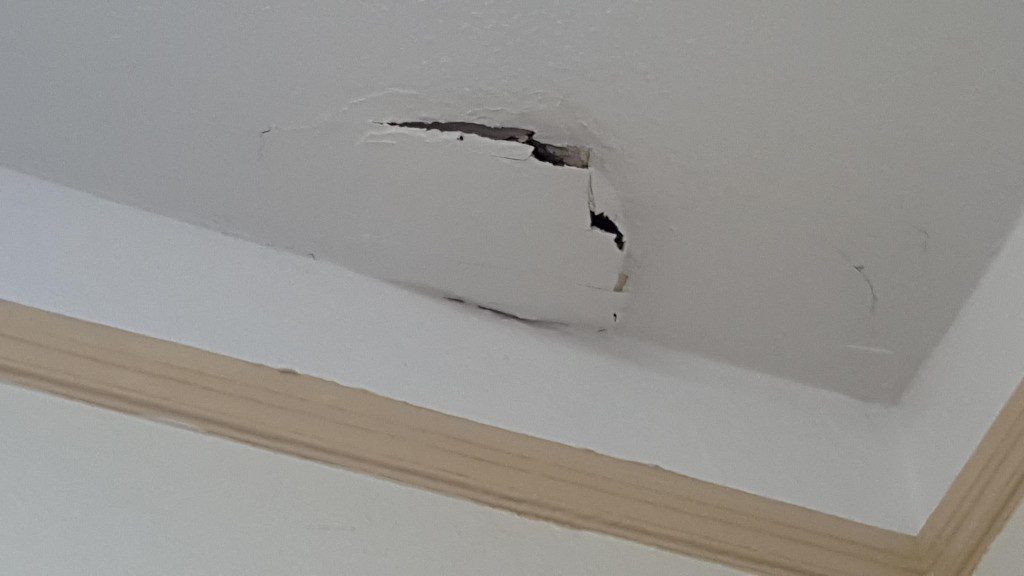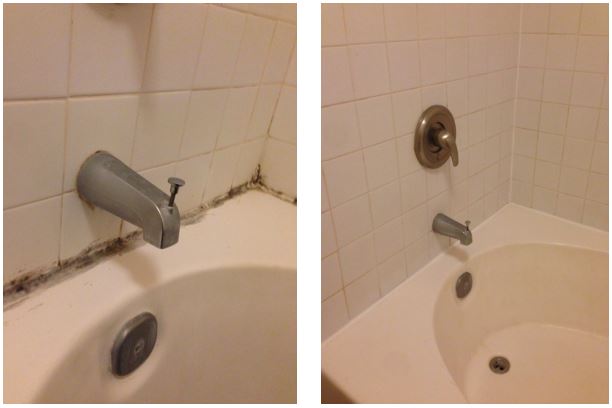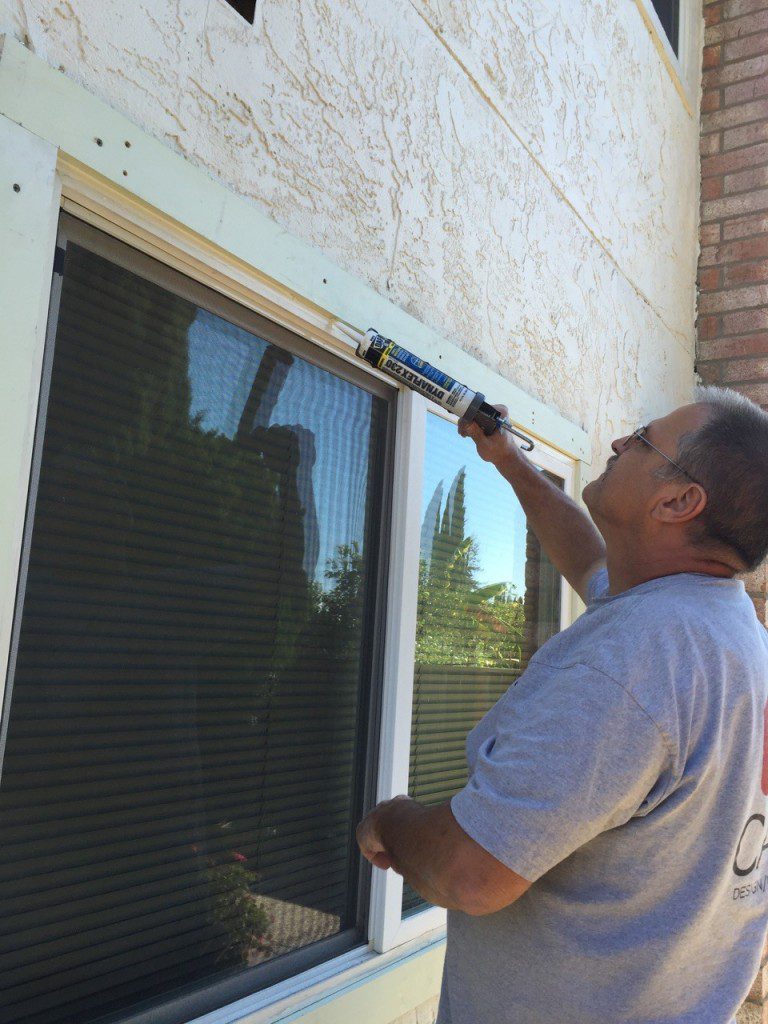The Grand Canyon is the result of running water over time. Can you imagine what an unwanted water leak can do to your home? Don’t wait for damage to occur, there are things you can do now to protect your home from the damaging effects of water infiltration.
Problems Associated with Water Damage
Damp wood invites termites and dry rot; plus, it can cause mold and mildew. Moisture promotes the growth of mold and other organisms, increasing the risk for serious health problems. Mold exposure may aggravate allergy and asthma symptoms, especially in children, the elderly, and people with compromised immune systems. Exposure may also increase the risk for respiratory diseases and other medical problems.
Dry rotted wood can fail and affect the structural integrity of your home. If you notice any issues, consult a professional immediately.
Be Vigilant About Water
Because there are so many sources that could lead to water damage, including weather, plumbing pipes and fixtures, and appliances, you need to know where to look for water problems, know what steps you can take to prevent problems in the first place, and what to do if you find infiltration.
As a homeowner, make sure you know where the main water supply is located in case of emergency. If a part of your home plumbing system fails, the quicker you can turn off the water flow, the better a chance you have at preventing some of these issues.
Is your water pressure set too high? If the answer is yes, hoses, pipes and water lines can crack or burst under pressure and create leaks or breaks that will damage your home. Ask a professional to measure your home water pressure. If it is too high, you can install a pressure reducing valve at the main line.
Keep an Eye on Appliances
A leaking dishwasher or washing machine can go undetected for weeks, months, or longer, destroying your flooring, or worse, subfloor and underlying framing. Since you can’t see a slow leak underneath a large appliance, water detector floor sensors can be placed near plumbing or appliances that may leak.
More sophisticated and costly water-sensor systems automatically shut off the water supply to a specific appliance or to the entire house when a leak is detected. The price and installation of these electronic systems can vary.
You can also install a manual shut-off valve on the water supply to your washing machine. That way, you can turn the water supply to your washer off when it is not in use. This relieves some of the pressure on the washer’s hoses.
Inspect both the hot and cold water supply hoses for kinks, cracks, blisters or bulging and to replace them when they show any signs of wear. For both washing machines and dishwashers, consider using hoses that are reinforced with stainless steel braiding or mesh, rather than the rubber or plastic hoses that come from the manufacturer. Hoses, whether rubber or reinforced, won’t last indefinitely and should be replaced every few years.
If your refrigerator has an ice machine or water dispenser, the hose between the wall and the refrigerator should be made of braided stainless steel, which has greater cracking and corrosion resistance. Check appliance hoses and plumbing fittings for breakage, crimping or bending.
You can install a pan underneath your washing machine, dishwasher, and hot water heater to catch drips, leaks, or help detect catastrophic failure.
Hire a professional to inspect your air conditioning system once a year. Check the condensate drain lines annually and clean them if they are clogged.
Most Common Places to Find Leaks
Check for buckling floors or walls. Check for crumbling drywall around windows, check baseboards for warping or surface mold. These can be signs of water damage.
Check for dripping pipes inside and outside your house. Look for dark spots on ceilings or areas where paint is peeling/bubbling. Look for cracked caulking around trim work.
Shutoff valves at individual appliances and fixtures. Install flow sensors where possible.
Inspect water heaters for rust or corrosion. Inspect showers, tubs, toilets, sinks and dishwashers annually, and have them repaired if there are any signs of problems.
In the bathroom, check around the shower, shower door, tub, toilet, and sink for any gaps that need caulking. If you see a missing bit of caulk or grout, replace/repair it to keep water from seeping into areas behind tile, walls, or elsewhere.
In the kitchen, seal the sink to the countertop and the countertop to the backsplash. For either of these areas, a high-quality silicone sealant is an appropriate product to use. As in the bathroom, look for missing grout. Under the Kitchen sink, use a flashlight to look for drips and feel around for dampness. Use your nose to detect any mold or moisture smells. If you smell something odd, consult a professional to have a look around.
Protect Your Home’s Exterior — Keep the Water Out
Outside of the home, any cracks or gaps in siding, windows and other exterior areas should be sealed with a paintable latex caulk. For any gaps bigger than a quarter-inch, use a Styrofoam filler behind the caulking to ensure a thorough seal.
Regularly inspect your roof for dark spots or missing shingles/tiles and have them replaced right away. Seal all flashings, roof jacks, chimney flashing, nail heads and other components that could potentially allow water to penetrate. Reapply caulking as needed, as often as needed.
Inspect all gutter downspouts to make sure they are clean, straight, and not leaking from the seams. Make sure water drains away from the foundation at least 5 feet and does not puddle. Does water flow naturally away from your foundation? Your lawn and driveway should be graded to move water away from the home.
A great way to keep water out is to keep the home painted with a high quality paint. It is recommended to paint the exterior of your home every 5-10 years, depending on the severity of your weather. Paint acts like a layer of skin for your home, if that skin is damaged, it can become infected.
Know What Is Covered?
Understand what is covered by your home insurance policy. Not all water issues are covered in homeowner insurance policies. If your damage was caused by a water issue not covered by your policy do not call and report the incident. This could inadvertently raise your rates.
Conserve Water, Don’t Waste It
California is starting to recover from a 4-year drought. Now that we are enjoying some relief, why not take advantage of the rain and collect it? A rain collection barrel is easy to install and the collected water has a variety of uses. Use stored water to keep potted plants and gardens moist.
Our expert handymen at Next Stage Design can help protect your home from water damage and repair any damage that may have already occurred. We know where to look for spots vulnerable to leaks and we know what to do when we find them. Schedule your handyman service today!
